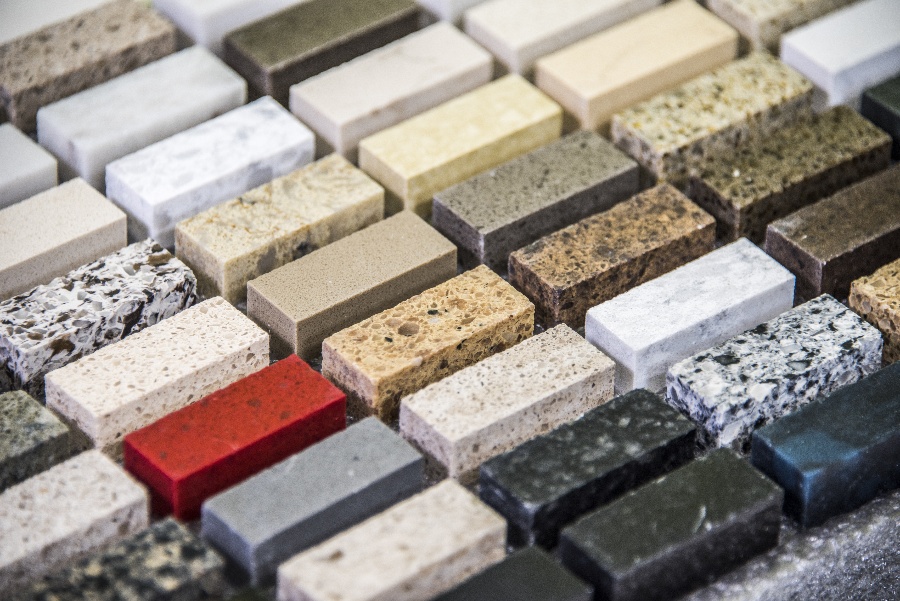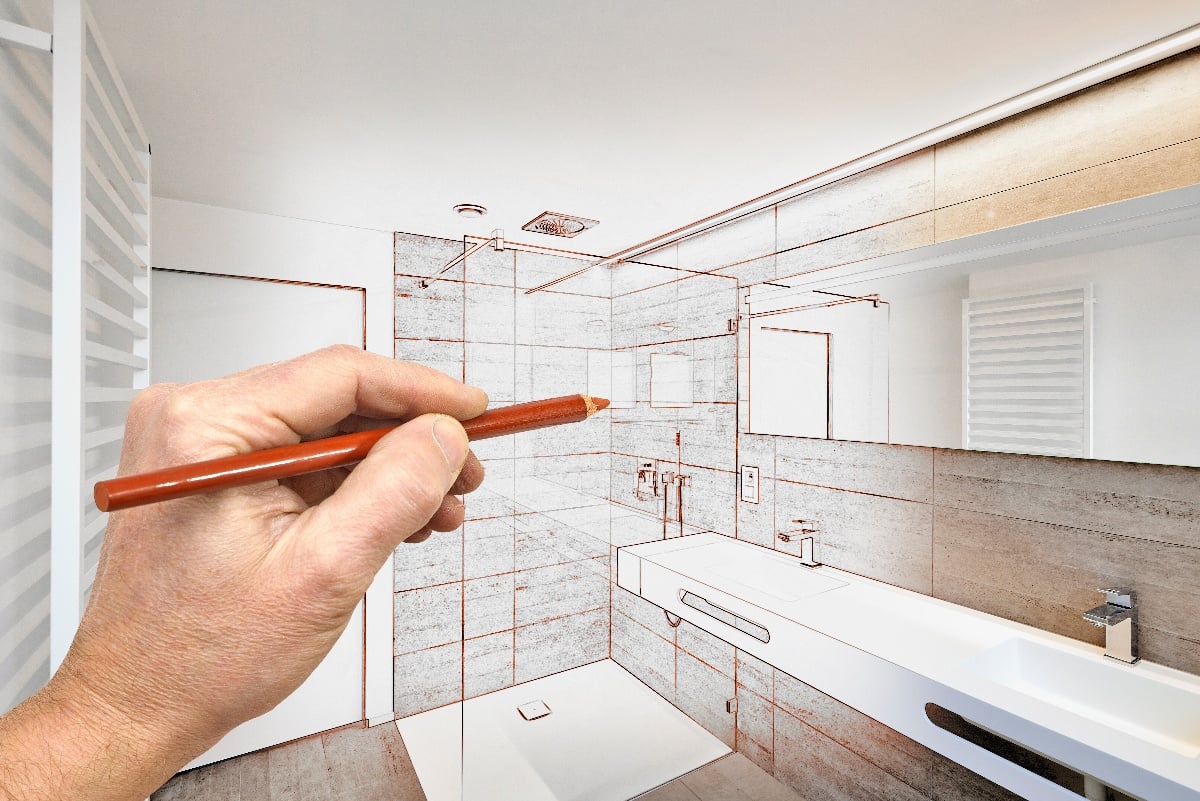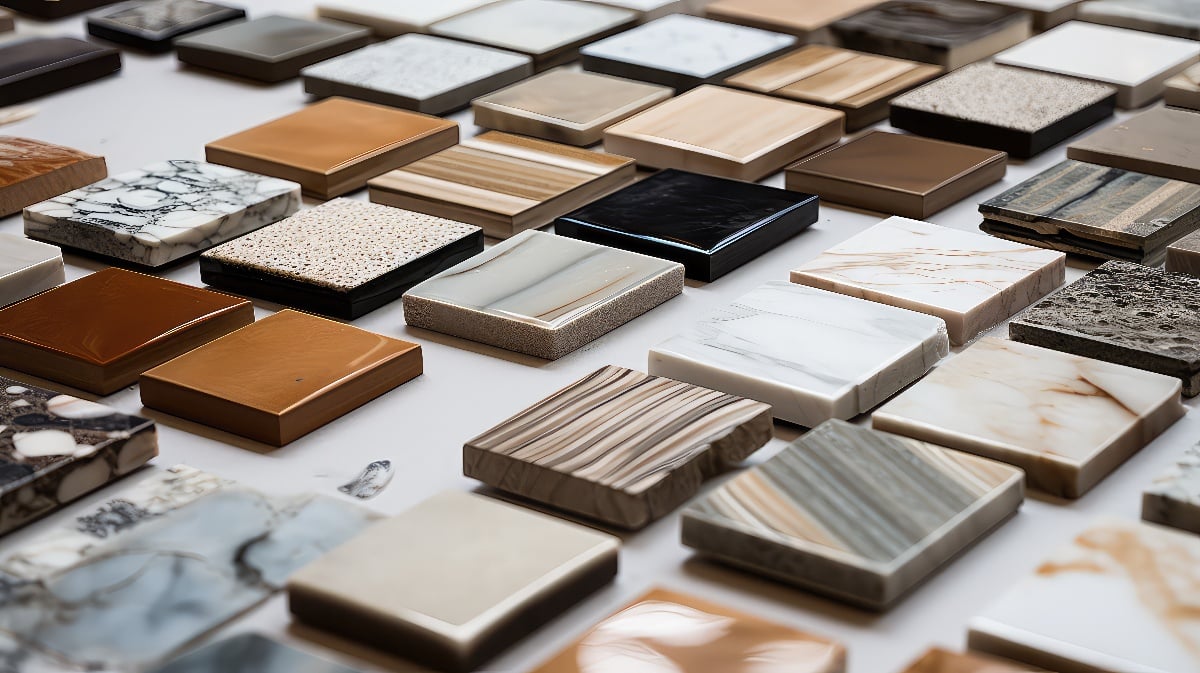On the baseline, bathroom tile flooring will ensure that your bathroom floor stands the test of time.
It will also keep your maintenance costs low. Nevertheless, the bathroom color tiles affect the overall tone in the room, and it pays to have a specific color scheme in mind before purchasing the tiles.
Determining the perfect colors for your bathroom tiles may not be simple. From your preferences to the mood you want to have inside the bathroom, many factors can influence the tiles you'll finally settle on.
Read along as we explore factors you should consider when selecting the best color for your bathroom tiles.
-
Perceived Space
Usually, most bathrooms are tiny, and in most cases, they don't even have windows. Lighter colors are viable options if you wish to make your space feel bigger.
The décor and lighting system you use can however, make this space feel airy and open. Therefore, when shopping for the tiles, focus on the bathroom's size and how the color you select will influence its perceived size.
Depending on your preference, you may choose to go with the soft pastels and neutrals. If the room is bigger, darker colors would be ideal options. You can go with dense hues like deep browns.
-
The Area You Wish to Use the Tiles
If you just want to use the tiles on a small surface during the bathroom remodel, it is prudent to let the color dominate.
Supposing that your focus is on the vanity backsplashes or shower ceilings, saturated hues or vibrant mosaic patterns could be worth considering.
-
Type of Bathroom
If you have a modern bathroom, you could pair dark wall tiles with light wall tiles. They'll make the room appear more vibrant and calming.
How to Change Bathroom Floor Tile Color without Replacing the Tiles
If your bathroom tiles are old and dull, you may also spruce them up without replacing the tiles. You can achieve this by painting the tiles and not the grout to bring them back to life.
Here are quick steps for this procedure;
Step 1: Clean the tile surface
Ensure that the tile surface and grout are thoroughly clean. Get rid of all the build-up dirt and all the loose surface dirt. If the dirt is hard to remove, you can clean the grout with cement cleaner and clean the tile using a steam cleaner. A thoroughly cleaned surface should be bright, smooth, and new looking. Allow it time to dry.
Step 2: Paint the Tiles
If you're using ceramic tiles, urethane-based paints are the ideal options. When painting, use an angled brush and start from the outer edges. This will help avoid having instances of the paint overlapping to the margins.
You can also use a 1/8'' acrylic tape to cover the edges to be safe and avoid any slipups or drips. Allow the paint to dry then use specialized grout paint with a narrow brush to retouch the grout. After that, fill up the centers using the standard brush or paint roller, allow all the areas to dry then apply the second coat.
Step 3: Apply Sealant
Before applying the sealant, you may need to paint the grout first. However, this may not be necessary if, during the washing, the grout became sparkling clean as a new one.
If you're going to paint it, be sure to fill it up using a narrow brush or rolling paint applicator. After that, let it dry and use a urethane-based sealant to apply the finishing touches. You can also use a high-gloss sealer if you want the surfaces to be shinier.
In Closing
Redesigning bathroom tiles may not be simple if you haven't done it before. If not sure about any processes or products to use, it would be better to have an expert handyman to help you with the job. Reach out to us to schedule a quick consultation about your bathroom project.












